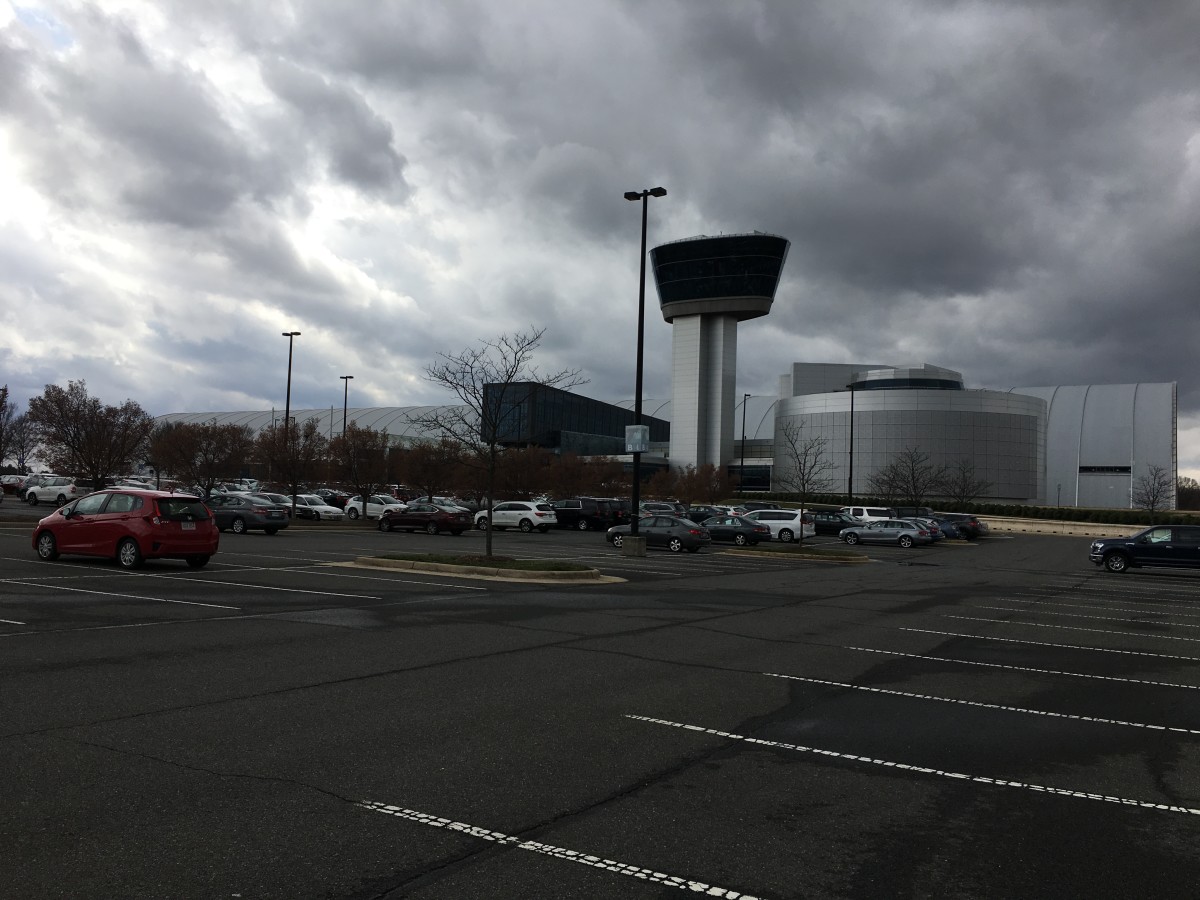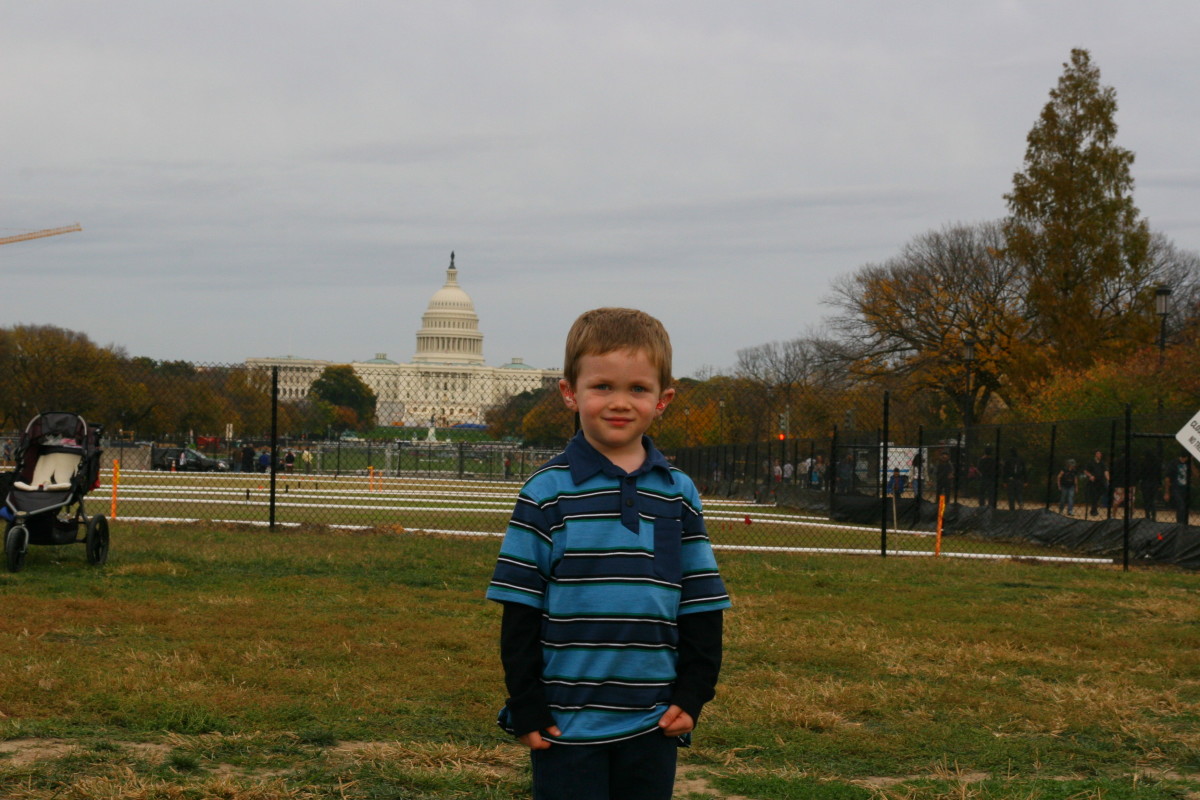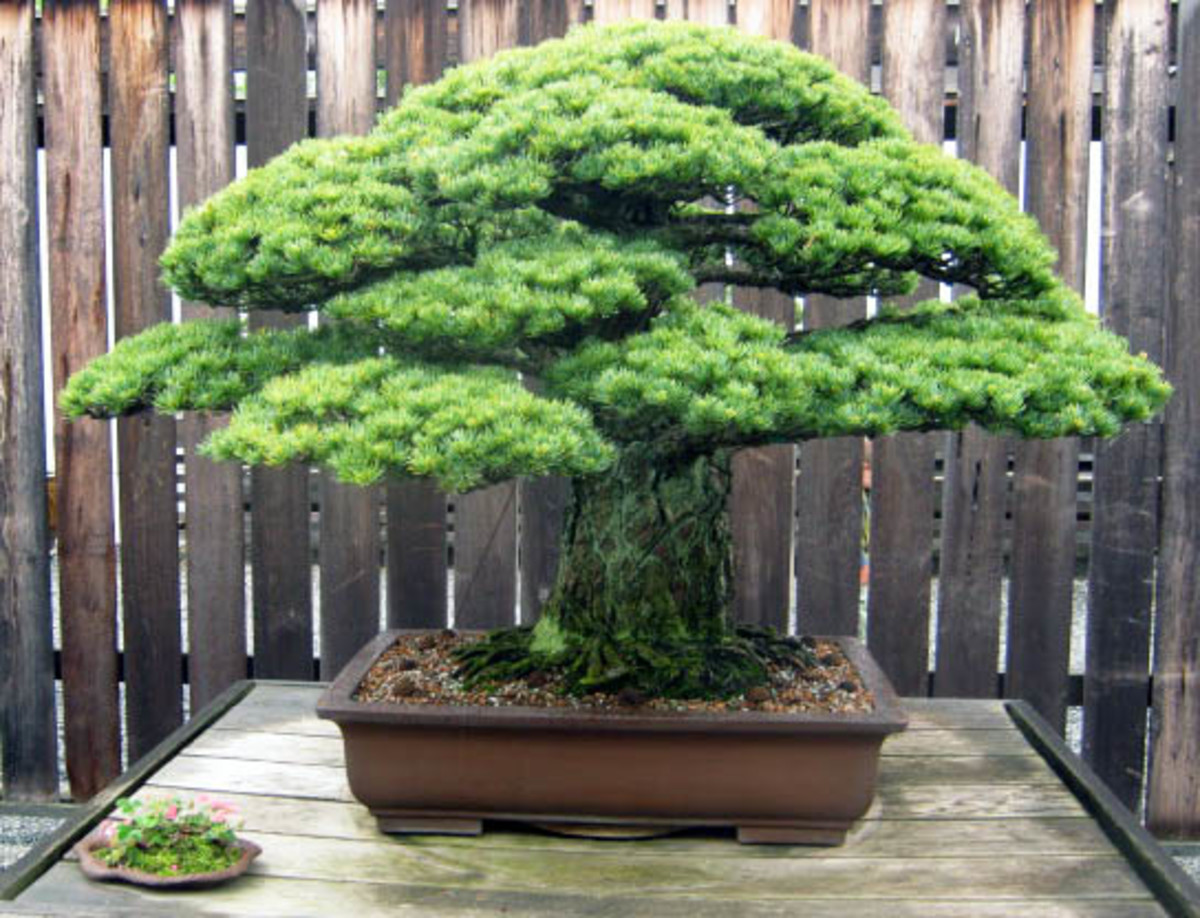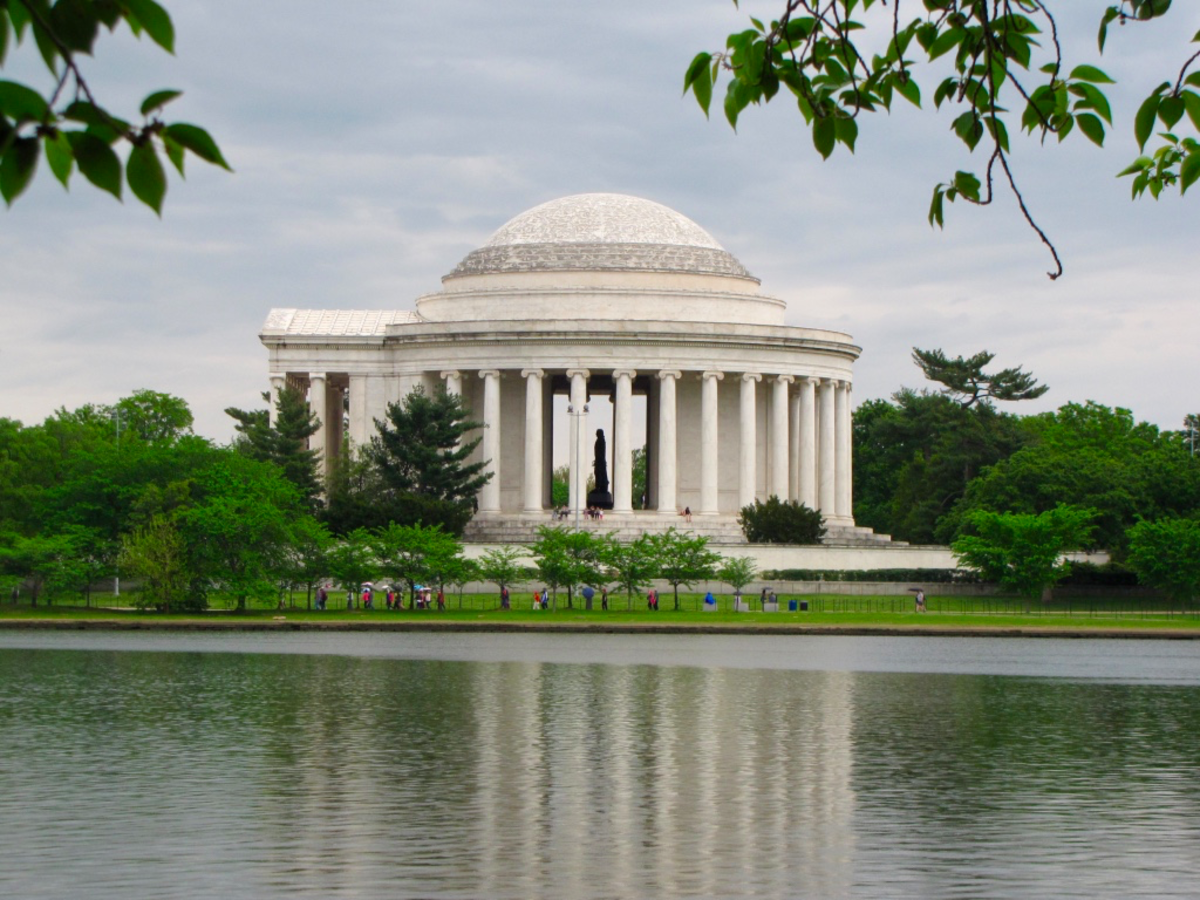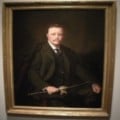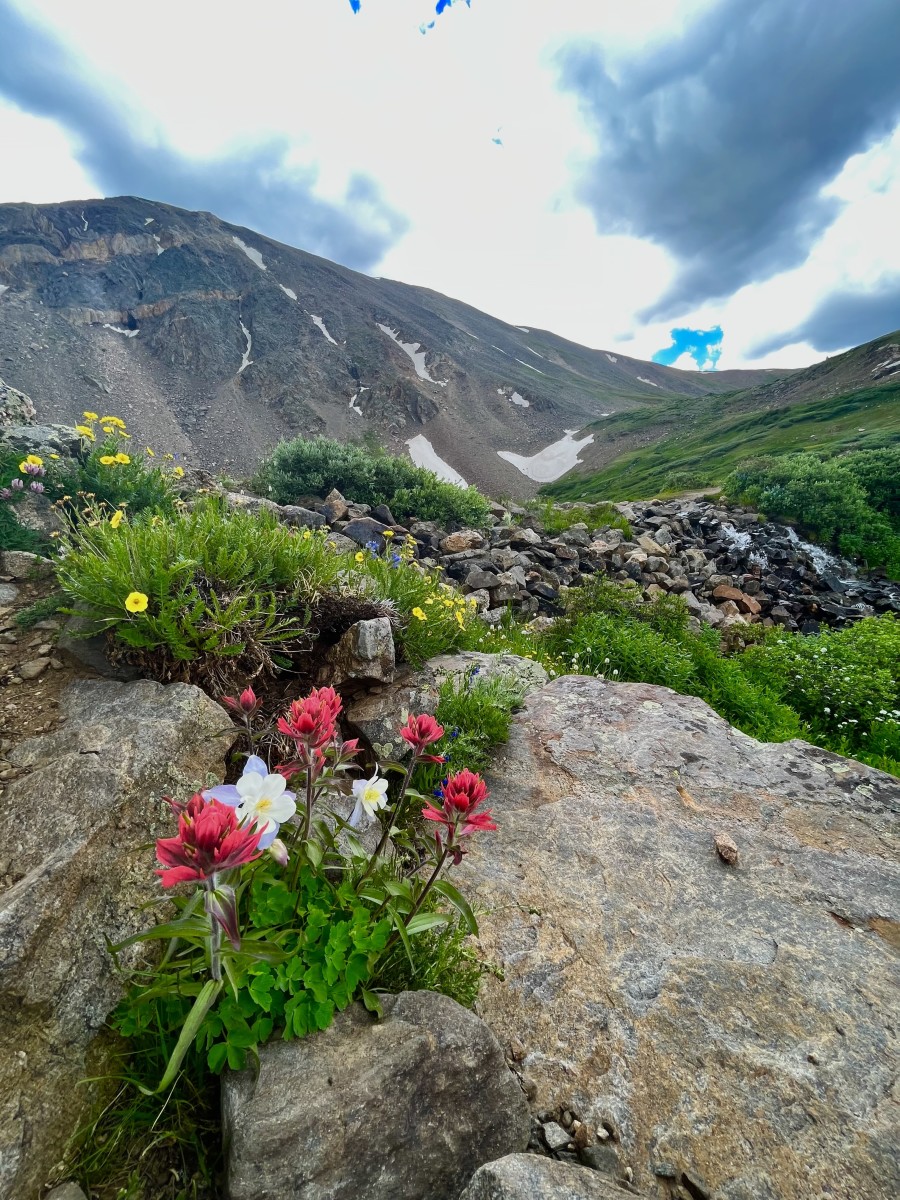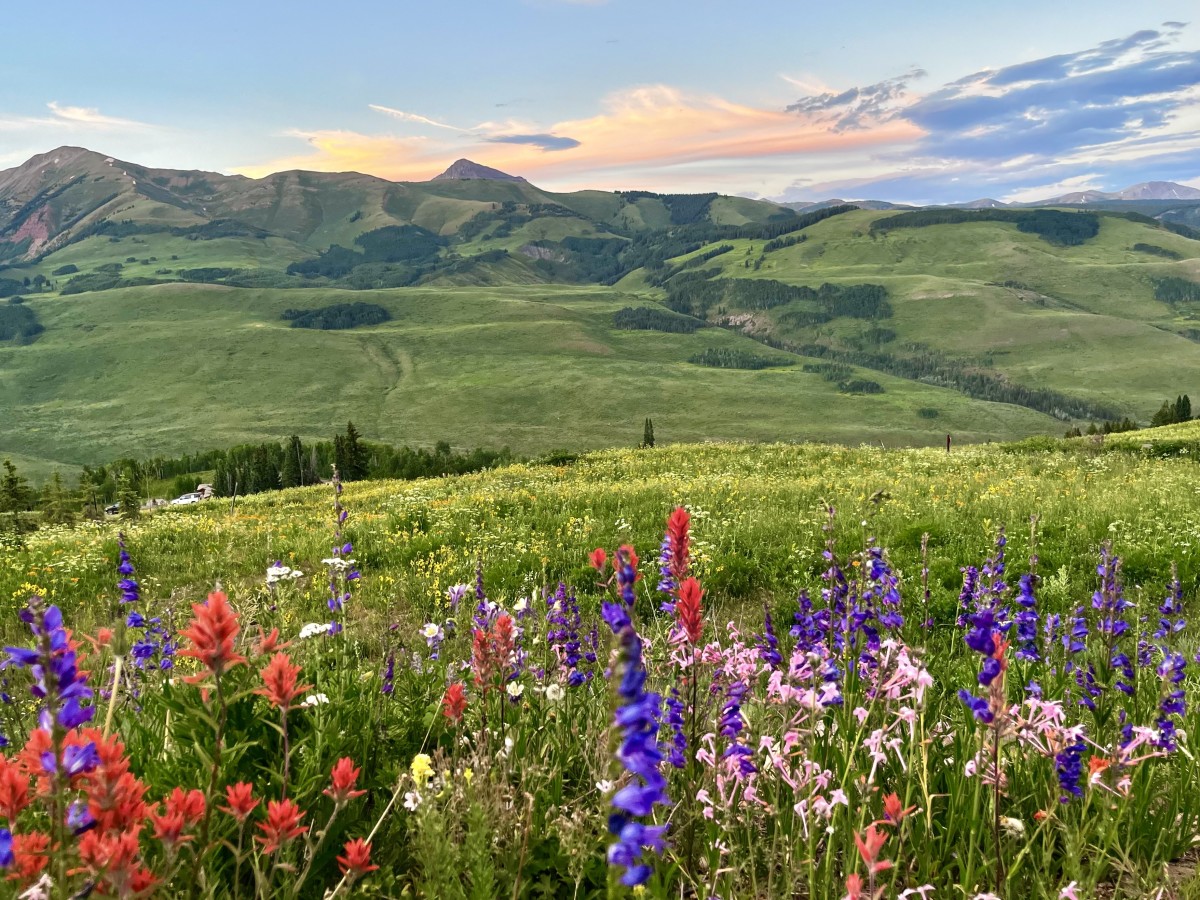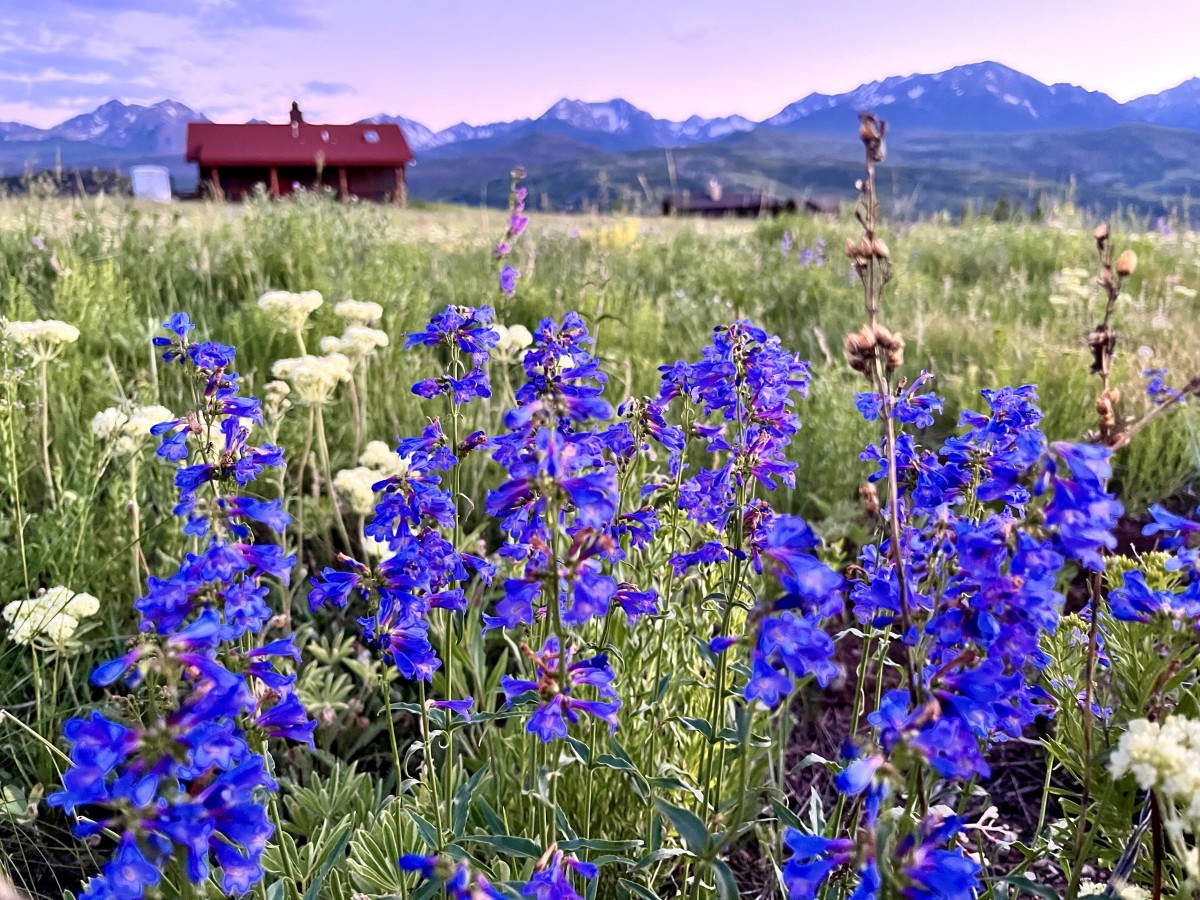- HubPages»
- Travel and Places»
- Visiting North America»
- United States
Visiting the Smithsonian in Washington, D.C.
Washington, DC
Visiting Washington DC can be overwhelming to some. To others, it is truly fascinating. There are many sights to take in covering a range of topics from history and politics to art and culture. As the nation's capital, the city buzzes on a daily basis...not quite at the pace of New York City, but certainly faster than many other larger metropolitan areas. Washington DC draws in an international crowd, providing many tourists with days of sight-seeing opportunities and recreational adventures.
One of the largest sites available for people to explore and learn from is the Smithsonian Institute. Nineteen museums and galleries, a zoo, and research facilities make up the Smithsonian Institute, with most of their buildings in Washington, DC in an area known as the National Mall. A handful of research facilities and galleries are situated elsewhere as satellite buildings. Their mission is "the increase and diffusion of knowledge," and their vision states that they are, "Shaping the future by preserving our heritage, discovering new knowledge, and sharing our resources with the world."
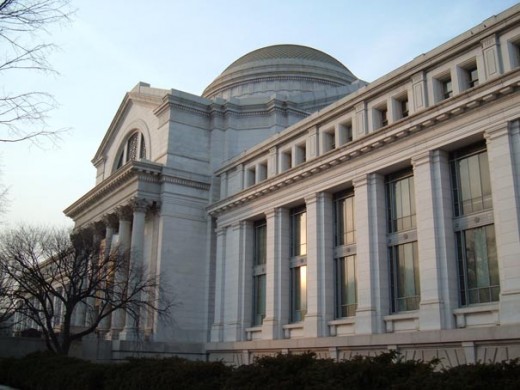
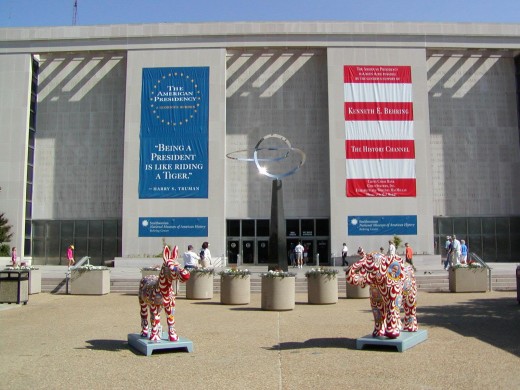
A Donation
The Smithsonian Institute was funded by James Smithson, a British scientist, who made sure he left his estate to the United States. Smithson's requested that the Smithsonian be built in Washington DC. His mission was adopted and has never been changed.
James Smithson was the illegitimate son of a wealthy Englishman. When he died and left half a million dollars (1/66th of the US Budget) to the United States, many were baffled by his reasoning, especially since he had never set foot on American soil. Some people believe he did it because he was inspired by America's move to democracy. Others believe he did it because he was denied his father's legacy. Smithson never discussed his desires with anyone, leaving his intentions a mystery.
President Andrew Jackson, six years after James Smithson's passing, announced the bequest to the United States Congress. On July 1, 1836, Congress acknowledged the bequested legacy. On August 10, 1846, President James K. Polk signed an Act of Congress to name the Smithsonian Institute as a trust administered by a Board and a Secretary. The current Board of Regents has 17 members who meet regularly to assure the Smithsonian Institute lives on.
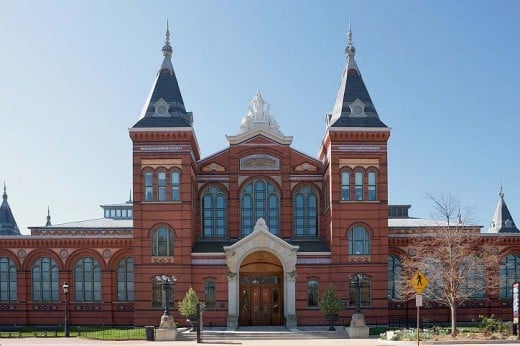
Visiting the Smithsonian Institute
The Smithsonian Institute, on the National Mall, is a place for all ages to enjoy their time in Washington DC. Even though most of the museums are centered around art, history, and culture, there are many sights that children will also be interested in learning about. The zoo is a definite must for children vacationing in Washington DC. There is a carousel near the Arts and Industries building. In some of the museums, such as the Air and Space Museum, have interactive computer screens that allow children to experience hands-on learning at the exhibits.
There is also an IMAX theater and planetarium for those who are looking for a break from walking around and looking at museum exhibits.
The best thing about visiting the Smithsonian museums is that they are all free. There are no museum entrance fees, so visiting more than one or two museums is very affordable. They are also within walking distance from each other around the Mall, allowing visitors to save on transportation costs as well. Most of the museums are open from 10:00am to 5:30pm. A visitor's center is located in the Smithsonian Institution Building, also known as the Castle.
Dining Options
There are many dining options in the Smithsonian Institution museums and galleries. The following buildings have cafés or restaurants in them:
- Smithsonian Castle
- National Air and Space Museum
- National Museum of American History
- National Museum of the American Indian
- National Museum of Natural History
- Reynolds Center
- National Zoo
In most cases, dining hours align with museum or exhibit hours in each of the buildings.
The Smithsonian Museums, Centers, Galleries, and Zoo in Washington, DC
Museum Name
| Museum Specialty
|
|---|---|
African American History and Culture Museum
| African American history and life.
|
African Art Museum
| African traditional and contemporary art.
|
Air and Space Museum
| Aircrafts, spacecrafts, missiles, rockets, and other flight-related artifacts.
|
American Art Museum
| Paintings, sculpture, photographs, folk and decorative art from the Colonial Period to today.
|
American History Museum
| Scientific, cultural, social, technological and political development of the United States.
|
American Indian Museum
| Native historical and cultural artifacts.
|
Anacostia Community Museum
| Display of historical and contemporary social issues on urban communities.
|
Arts and Industries Building
| Currently closed for renovation.
|
Freer Gallery of Art
| Asian art from Neolithic times to the present.
|
Hirshhorn Museum and Sculpture Garden
| Modern Art. Sunken sculpture garden on premises.
|
National Zoo
| 2,000 animals representing 400 species.
|
Natural History Museum
| Earliest human origins, history of world cultures, and history of the animal kingdom.
|
Portrait Gallery
| Individuals recognized for shaping the nation, from pre-colonial times to present.
|
Postal Museum
| History of US mail service and the evolution of postal stamps.
|
Renwick Gallery
| American contemporary crafts and decorative arts.
|
Sackler Gallery
| Asian art from ancient times to present.
|
The Castle: Smithsonian Institution Building
| Permanent Exhibit: Smithsonian Institution ~ America's Treasure Chest
|
The Sampling of the Smithsonian Institute Sights


